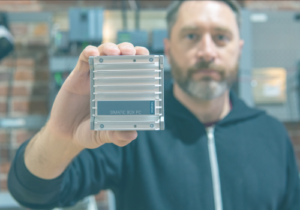KAASM Blog Town
Connect with KAASM for news, updates, company culture, and WinCC OA tips & tricks.
James and I had the chance to check out the new SIMATIC 127E Box PC this week, and we are happy to report that it packs a punch! The SIMATIC 127E is tiny and provides endless application possibilities. In this...
Read MoreWhat are Object-Relational Mappers (ORM)? To put it simply, it’s a tool that allows you to use your preferred object-oriented programming language and replace the need to write database queries. What’s the big deal? First and foremost, this makes application...
Read MoreThis FAQ post was written for WinCC OA version 3.16. Which type of controller and simulation can I work with? S7-1200, S7-1500S7-1500 Software ControllerPLCSIMPLCSIM Advanced Is there a performance difference compared to the old S7 driver? The S7 Plus driver...
Read More- « Previous
- 1
- 2


